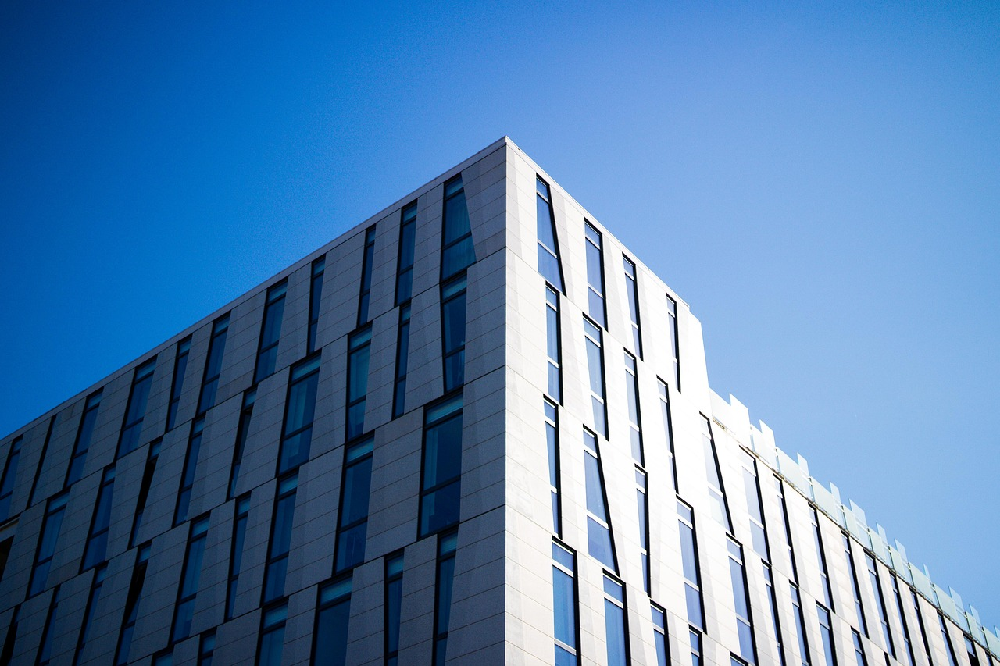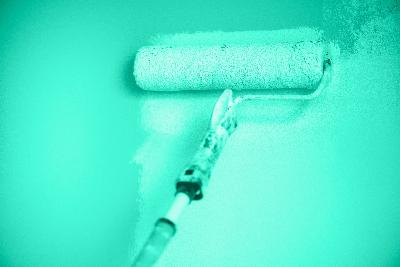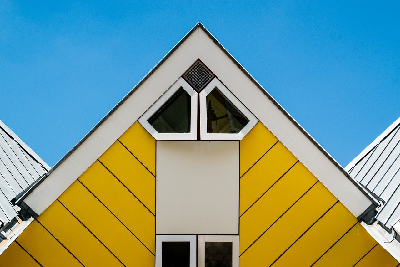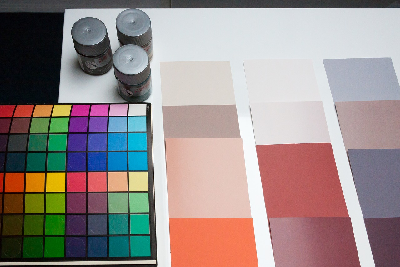Interior painting is the most popular job type the painters usually deal with, but when it comes to external renovation, some planning and preparing must be done before the actual work. Many commercial property owners value the project that is finished on time and when the outcome looks professional. A good team of painters provide full painting service that also contains preparation work. How to do that properly?
Painting preparation work – why it is so important
Each surface that is to be painted requires a series of preparation to get stunning results. In commercial buildings it takes even more effort because there are multiple factors that can have an impact on the final results. Why the prep work is so important? Humidity level, temperature, the paint quality and even the type of equipment – the best painters in London know that it all matters as far as the professional work is concerned.
Putting a fresh coat of the best-rated paint will be a worthless effort if the surfaces have not been prepared the right way. If applied on a dirty wall, it may look fine at the beginning, but after the paint dries, there is a high possibility that it will crack or bubble. If the prep work has not been taken seriously, the whole task might be considered as a waste of time and money.
There is no need to hire multiple contractors
How do you know if you work with a professional? A robust prep work of the external surfaces is the hallmark of a quality contractor. Many qualified painters in London will not start the painting before they make sure the walls are a hundred per cent ready for paint. Each project starts with planning and preparing that includes pressure washing, old caulking removal and some small repairs of cracks and other damages. If you hire a professional painting staff, there is no need to look for other specialists that would charge for a single cleaning.

Surface cleaning solutions
Cleaning the surface is the first task to do before the actual painting. Qualified contractors will probably start with a power washer to ensure all surfaces are clean and dry and properly adhere the paint. Power washing is a commonly used technique to knock off all types of grime from the surface. The water is propelled through a spray head at a great speed and under a pressure, so the job must be done with a great care and caution on delicate surfaces.
However, there are other techniques, such as air-blasting, which is highly effective in most commercial buildings. Such a method involves a pressurized tank with a nozzle where the air comes from. A strong puff of air effectively removes dirt from the surfaces.
Prep work in 5 steps
Each painting project requires a series of steps that must be taken before the painting job. They include mostly:
- building surface inspection – contractors look for areas with the possible damages, usually around windows and gutters or other areas where the water could affect the surface. Painters should also inspect a possible pest damage made by rodents and birds.
- surfaces protection – qualified painters in London always make sure all areas, even those that are not going to be painted, are properly protected. This includes also covering the bushes around the building with a protecting tarp.
- surface cleaning with the right method – there are at least 3 cleaning techniques and qualified painters should know which one to choose to obtain the best result. For example, power washer is quite effective but not suitable for delicate surfaces. There are also different cleaning detergents that work better on some dirt types than others. Professional painters will know what to use in every situation.
- drying the surface – it is obvious that paint will not stick to the dry surface and a renowned contractor will not start the painting job without making sure the walls are not fully dry.
- removing the peeling paint – chips of paint never look good and are compared to a dirt that has not been removed properly. New paint will probably not adhere to the old one, and the painter’s job is to get rid of the peeling paint with a sharp, strong blade.






